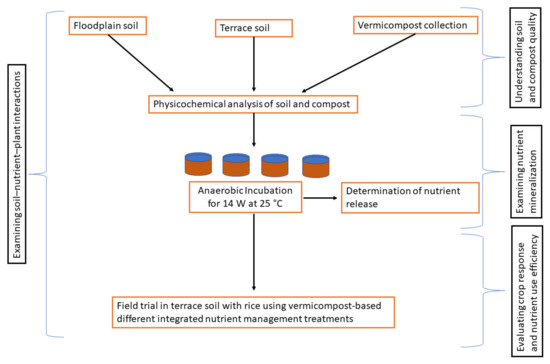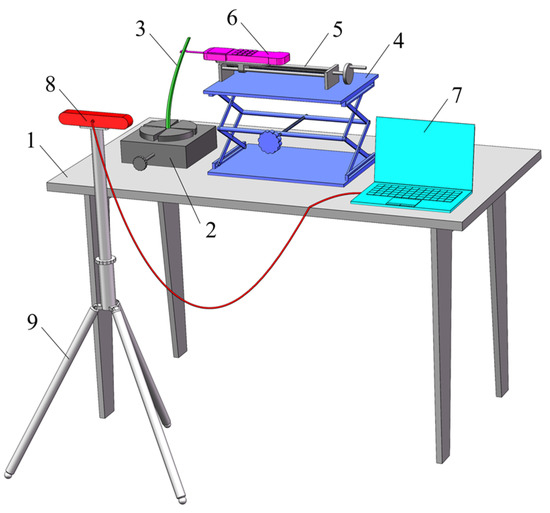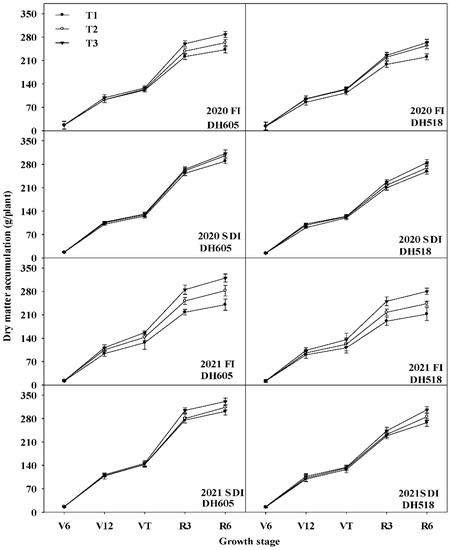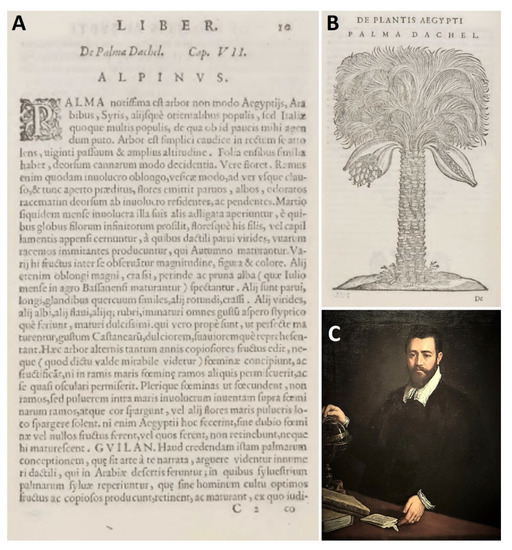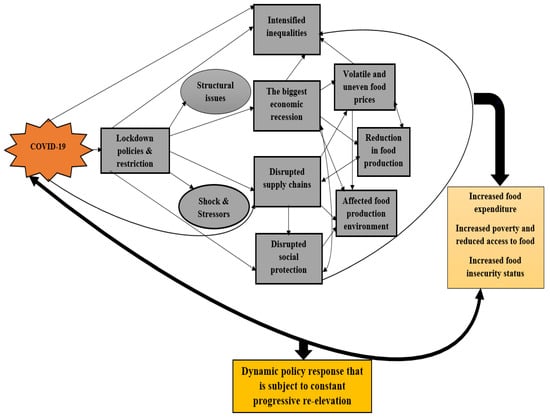Agriculture 2022, 12(3), 377; https://doi.org/10.3390/agriculture12030377 - 8 Mar 2022
Cited by 9 | Viewed by 3383
Abstract
With the development of the internet in China, information asymmetry in traditional agriculture production has been alleviated, and the information on modern agricultural technologies and production factor mobility has been widely disseminated, significantly impacting the country’s grain productivity and output. The pertinence and
[...] Read more.
With the development of the internet in China, information asymmetry in traditional agriculture production has been alleviated, and the information on modern agricultural technologies and production factor mobility has been widely disseminated, significantly impacting the country’s grain productivity and output. The pertinence and effectiveness of food security system arrangement can be ensured by revealing the influence of the internet on grain production. Based on the panel data of 30 provincial administrative regions in China from 1997 to 2018, a mediation model and a moderation model were used to evaluate the effect of internet development on grain output and constraints. The results showed that grain output could be promoted as internet penetration directly increases, and can also be boosted by enhancing technology usage and promoting operation scale expansion through the internet. However, the positive effect of this cycle could be inhibited by rural population aging, as there are many barriers faced by the elderly using information and communication technology (ICT). Strengthening agricultural technology utilization and promoting large-scale operation can encourage the development of rural internet, consequently improving the national food security guarantee capacity. It is equally important to simplify internet usage to alleviate the adverse impact of population aging on grain output. This study contributes to three sections of literature on (i) the factors influencing grain output, (ii) the mediating effects of the information transmission function of the internet, (iii) and the potential impact of aging in the information era. Exploring agricultural growth from an innovative perspective of the internet can provide a reference for ensuring food security and agricultural informatization.
Full article
(This article belongs to the Section Agricultural Economics, Policies and Rural Management)
►
Show Figures

